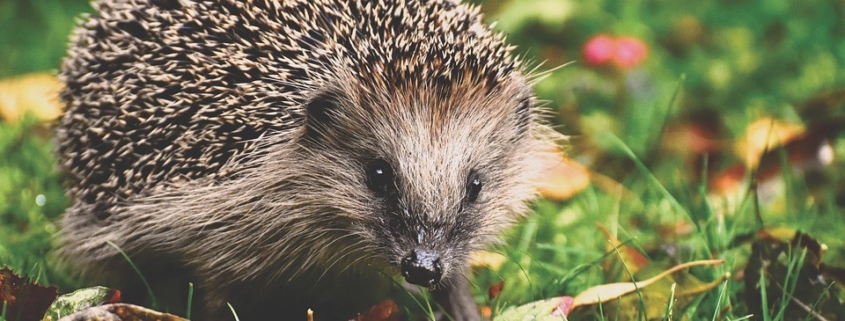Gardeners encouraged to protect hedgehogs
Gardeners encouraged to protect hedgehogs. Brits wanting to help their local habitat are being encouraged to look after hedgehogs, as they become even more vulnerable to extinction.
Experts at GardeningExpress.co.uk have put together tips to keep hedgehogs safe and happy as they emerge from hibernation.

Gardeners encouraged to protect hedgehogs
Sadly, the UK’s hedgehog population is in decline, but there are plenty of ways you can help these charismatic mammals.
Garden owners can also keep the creatures safe by leaving holes in fences so hedgehogs can pass through gardens, creating a wildlife corner as a source of food, and covering any manmade dangers.
Chris Bonnett from GardeningExpress.co.uk said: “Hedgehogs usually hibernate from October or November, all the way through to March or April.
“These wild animals can be extremely prickly, after all, their coat contains around 5000 spines, plus they get very stressed when handled.
“Like all living creatures, hedgehogs are playing an important part in our ecosystem so it’s a good idea to look after them. Avoid using slug pellets which include metaldehyde, they are very dangerous and are getting banned in the UK.”
GardeningExpress.co.uk’s tips for protecting hedgehogs:
- Hedgehog hole
Allowing hedgehogs access to your garden is important for them to thrive in urban areas. The easiest way to create one is by cutting a hole in the bottom of your fence around 12cm wide and high.
- Compost heap
Starting a compost heap in your garden will be great for all kinds of wildlife but will also provide hedgehogs with a solid source of food. Insects and invertebrates will live in the pile for the hogs to snack on, plus the food waste and grass, plant and shrub cuttings make it the perfect hibernation spot.
- Cover holes
Hedgehogs can easily fall into uncovered drains or holes in your garden. Cover holes or check them every day to make sure no hedgehogs have become trapped.
- Wildlife corner
Creating a high grassed area will benefit the whole ecosystem in your garden. Wildflowers can be planted from seed, as it’s illegal to remove them from the wild, to add colour. Let grasses and weeds grow to provide shelter or privacy for hedgehogs.
- Homes
Hibernating creatures really benefit from small, sheltered spaces in the garden. Place a reasonably sized wooden box out of direct sunlight, under thick vegetation or by the garden shed. Resist the temptation to keep removing the lid to check if the box is being used. It’s always best not to disturb any potential hedgehog residents.
- Safety check
Hedgehogs make their own homes and nests in sheltered places. Before lighting a bonfire, binning a pile of leaves, or getting rid of grass cuttings, check for hedgehogs nesting. The creatures hiss, so keep an ear out for that sound when clearing compost heaps and bags of rubbish.
- Extra food
In the wild, hedgehogs eat beetles, worms, caterpillars, slugs and almost anything they can catch. They will benefit from extra food to supplement their natural diet all year round. Meaty cat or dog food is suitable to feed them. Water is also important, especially in dry periods when natural water sources dry up but remember never to give them milk. They’re lactose intolerant and it will make them very poorly.
For the latest industry news visit landscapingmatters.co.uk/news
Get all of the big headlines, pictures, opinions and videos on stories that matter to you.
Follow us on Twitter and Instagram for fun, fresh and engaging content.
You can also find us on Facebook for more of your must-see news, features, videos and pictures from Landscaping Matters.












